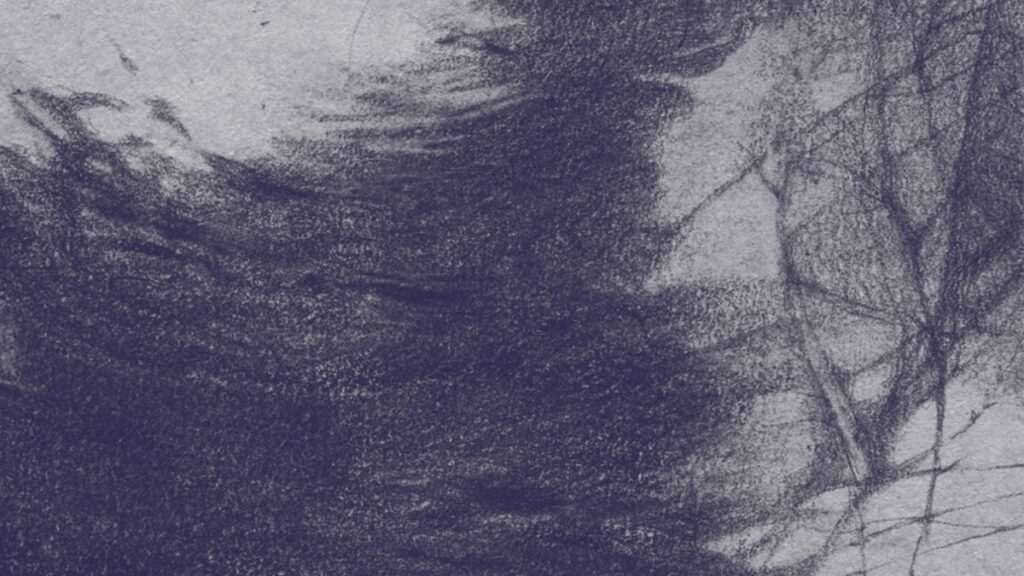
Siavash Amini makes music of almost unfathomable complexity. Like a weather system, it might appear relatively static from afar, but inside, it churns. On his recent album Eidolon, released in early July, the Tehran-based composer found inspiration in a 17-note scale formulated by the 13th-century scholar Safi-al-din Urmavi. But even the most technically adept listener might have trouble picking out those tones. In Eidolon’s endless pitch and yaw, there are no fixed points, no hard edges, no firm ground at all—just seasick glissandi and perpetual slippage.
The otherworldly sound of that record, shorn of anything as reassuring as a major triad or a perfect fifth, suggests an interstitial state, placing unexpected and unstable frequencies in between familiar intervals. On his new EP, The Sweat of Earth, a companion to the album, Amini continues to pry open the cracks. The title of the record comes from a poem by the 20th-century Mexican writer Xavier Villarrutia. “Nocturnos,” a meditation on eros and death, turns its gaze upon negative space, envisioning the forms revealed by shadows and the sounds caught in stillness. (“Everything that the silence sends fleeing from things,” Villarrutia writes: “The fog of desire/The sweat of earth/The nameless scent/Of skin.”)
The Sweat of Earth spends its 18-minute run in pursuit of similarly ephemeral sensations. While its dark, glowering tones might, at first blush, scan as noise, upon closer inspection they open up to reveal a sensuousness in keeping with Villarrutia’s richly imagistic poem. The piece begins with a minute of pure white noise, like steam hissing from a grate, before ushering in an expansive buzzing sound, a shapeshifting fusion of prop planes, beehives, and distant foghorns.
The sound comes in waves. There are cycles of crescendo and denouement, so slow they barely register as repetition. In the moments of greatest clarity, clusters of dissonance vibrate at conflicting speeds, at frequencies impossible to parse; the drone gleams like well-scoured stainless steel, a riot of overlapping lines. At its peak, the low end rumbles violently, and background static grows in volume until it resembles shopping carts trundling down a stairwell. From that climax, the piece tenderly flatlines. The final seven minutes are a soft plateau of bell tones, but what appears unchanging on the surface bristles with detail, and the longer the piece runs, and the quieter it gets, the more vivid its depths grow. The paradoxical finale brings to mind another line from Villarrutia’s poem: “Everything that the shadow/Makes heard with the hard/Blow of its silence.”
